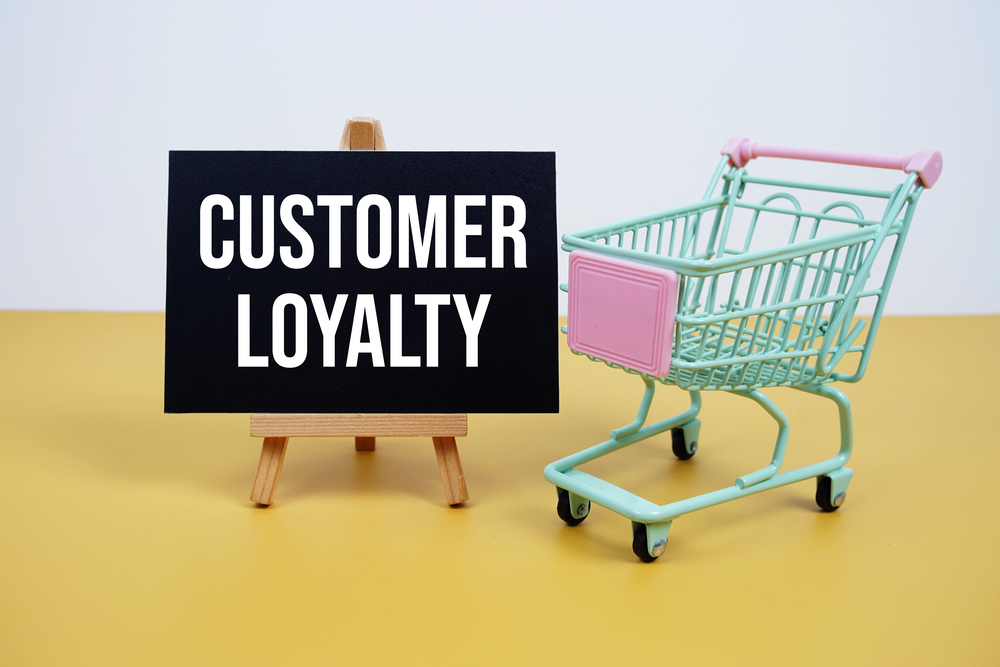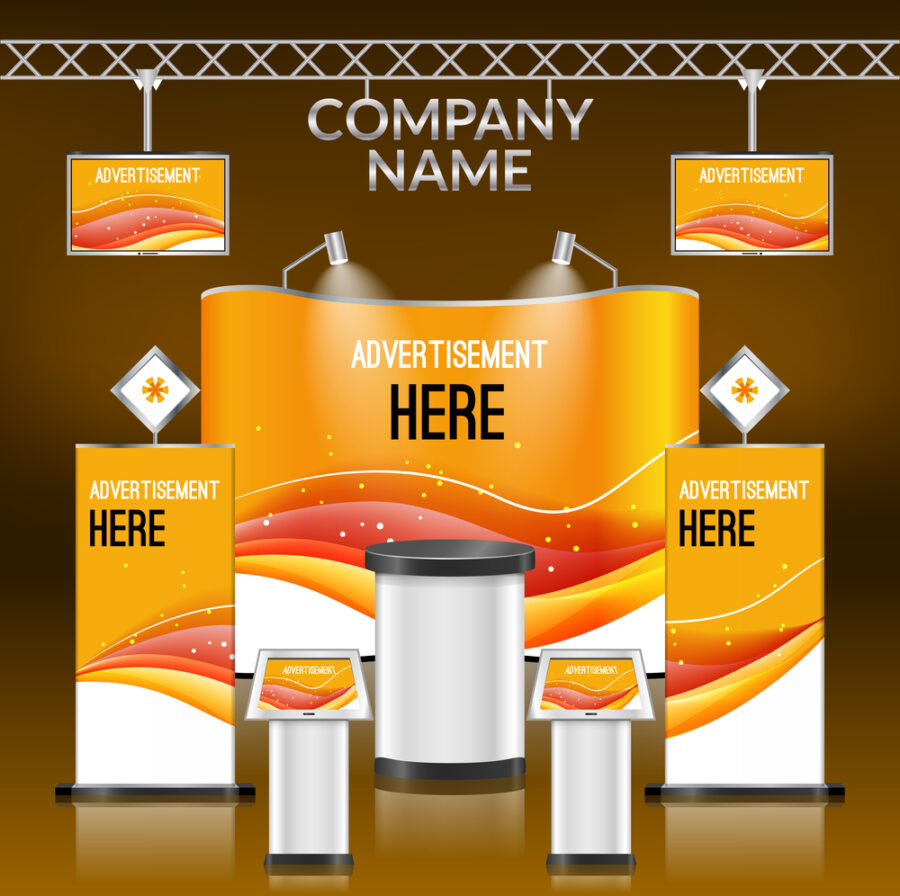The start of a new year is the perfect time to reassess, refocus, and recharge your small business marketing strategy. By setting clear, actionable goals and staying ahead of emerging trends, you can position your business for success in 2025. Here’s how to kick off the year with a marketing game plan that delivers results.
Setting SMART Marketing Goals for the Year
Effective goals are more than vague aspirations. They need to be SMART: Specific, Measurable, Achievable, Relevant, and Time-bound. Here’s how to apply this framework to your marketing strategy:
- Specific: Define clear, focused objectives. For example, instead of saying, “I want more website traffic,” aim for “I want to increase website traffic by 25% in the first quarter.”
- Measurable: Attach metrics to your goals. Tools like Google Analytics or social media insights can help track progress. For instance, you might set a goal to grow Instagram followers by 1,000 or achieve a 5% email open rate increase.
- Achievable: Be ambitious but realistic. Consider your resources, team capacity, and budget when setting targets.
- Relevant: Align your goals with your broader business objectives. If your priority is customer retention, focus on strategies like loyalty programs or personalized email campaigns.
- Time-bound: Assign deadlines to keep yourself accountable. Break larger goals into quarterly or monthly milestones to stay on track.
Trends to Watch in Small Business Marketing for 2025
Staying ahead of trends is crucial in the ever-evolving marketing landscape. Here are some key developments to watch and incorporate into your strategy this year:
- AI-Powered Marketing: Leverage AI tools for personalized email campaigns, chatbots for customer service, and predictive analytics to refine targeting.
- Short-Form Video Content: Platforms like TikTok (as of this writing is still a viable option), Instagram Reels, and YouTube Shorts continue to dominate. Showcase your brand with engaging, bite-sized videos. YouTube Shorts is owned by Google so playing with the platform that also controls your website’s searchability is not a bad thing.
- Interactive Content: Quizzes, polls, and augmented reality experiences are excellent for boosting engagement and capturing customer data.
- Sustainability and Purpose-Driven Messaging: Consumers increasingly prefer brands that demonstrate environmental and social responsibility. Highlight your sustainability efforts authentically.
- Hyper-Local Marketing: Focus on connecting with your immediate community through local SEO, partnerships with nearby businesses, and participation in events.
Audit Your 2024 Performance and Adapt
Before diving into new strategies, take time to reflect on your 2024 performance. A thorough audit will help you identify what worked, what didn’t, and where to improve. Here’s how to do it:
- Review Key Metrics: Analyze your website traffic, social media engagement, email campaign performance, and sales conversions. Identify trends and patterns.
- Evaluate ROI: Assess the return on investment (ROI) of your marketing efforts. Which channels and campaigns delivered the best results?
- Identify Weak Spots: Look for areas where your efforts fell short. Was your content consistent? Did you struggle to reach a specific audience?
- Gather Customer Feedback: Use surveys, reviews, or one-on-one conversations to understand what your customers value and where you can improve.
- Set Actionable Changes: Based on your findings, adjust your strategy. For example, if your email open rates were low, experiment with subject lines or segmentation.
Start Strong in 2025
January is the perfect time to lay the groundwork for a successful year. With SMART goals, awareness of emerging trends, and insights from your 2024 audit, you’ll be well-equipped to make 2025 your best year yet. Whether it’s leveraging new technology, engaging your audience with creative content, or fine-tuning your strategy, the key is to stay proactive and adaptable.
What are your business’s marketing goals for 2025? Share them in the comments, and let’s inspire each other to achieve great things!
About the author: Autumn Edmiston is the CEO and owner of the Edmiston Group. The Edmiston Group is a multifaceted Pittsburgh-based marketing consulting firm providing senior-level marketing management services to businesses and non-profit organizations on a short or long-term basis. Core areas of service are business development strategies, website creation and management, social media management, marketing, strategic planning, and public relations. The Edmiston Group has consistently delivered and implemented real-world, proven business marketing ideas and strategies for business.











